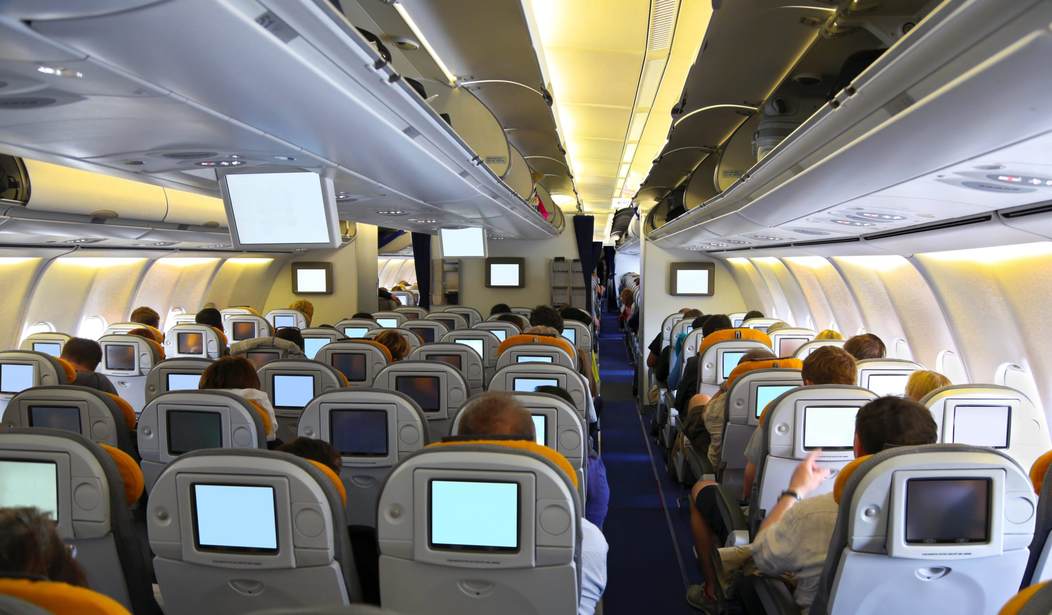We’ve come to be suspicious of airline announcements because they usually result in added costs. But one made this week might just make some sense, although it still might cost us.
American Airlines announced that they’re eliminating the entertainment screens on the backs of the seats in its new fleet of Boing 737 jets entering service later this year. American said that 90% of its passengers carry their own devices aboard—smartphones, tablets and computers—and that they usually work better than the back of the seat screens. They’re more up to date, have sharper and brighter screens, and are easier to use.
The new planes, called the 737 Max, will include onboard Wi-Fi from Gogo and ViaSat that will allow streaming movies from Netflix, Amazon, and others, as well as Internet browsing.
But the wireless service will come at a cost, as you’ll need to pay for the Wi-Fi connection. Currently, GoGo plans cost from $7 per hour or up to $19 a day if purchased in advance, and often twice that if purchased during the flight. American did not announce what they will charge.
Hopefully, the onboard Wi-Fi service will work better than the Wi-Fi services now available on many airlines, which can often be excruciating slow.
If you don’t want to pay, American says that you’ll be able to access an onboard entertainment system from your device that will provide recorded TV shows and stored movies at no cost.
American Airlines is keeping the seat-back entertainment systems on their wide-body aircraft used on international flights, including the Boing 787 and 777, and the Airbus A330.
American noted that “we know in-flight entertainment is important to our customers, which is why we’ve committed to offering free, streaming high-quality movies and music, and to investing in fast satellite-based Internet access and power at every seat across our domestic fleet.”
Joe Brancatelli, a travel industry consultant and publisher of an informative weekly newsletter for business travelers, told me that “it’s a logical move. It reduces weight for aircraft, which keeps fuel prices down. It also helps airlines avoid obsolescence of the hardware part of the in-flight entertainment.”
Joe said, “One thing to keep in mind with these devices is that you’ll need power to keep them running, and American trails the industry in providing in-flight power. So until they catch up with power, this is just another cost-cutting effort that doesn’t help travelers.”
If we’re going to become more dependent on using our own devices and power is not available at the seats, a good solution is an external battery pack that can keep them charged up. Their prices have dropped considerably and their capacity has soared. Two examples that can charge tablets several times over include the Anker PowerCore+ 26800 Premium Portable Charger at $80, and the myCharge 13400 RazorPlatinum at $100, each capable of powering some laptops.
Clearly, high-speed Wi-Fi makes our long trips more bearable and may become a factor in choosing airlines. JetBlue has outfitted its entire fleet with free Wi-Fi and Alaska Air offers free Wi-Fi for messaging. Southwest offers free Wi-Fi for its elite A-Plus passengers and charges a nominal $8 per flight for others.








Join the conversation as a VIP Member